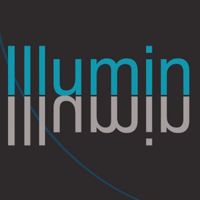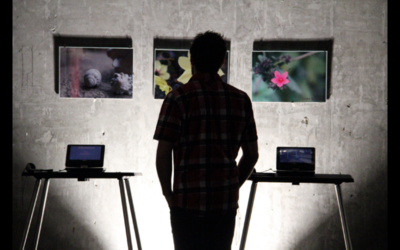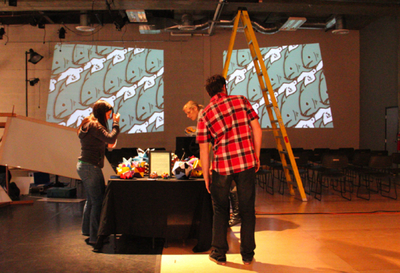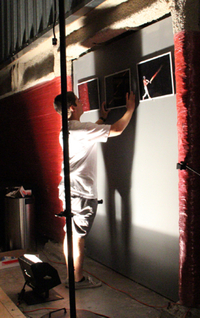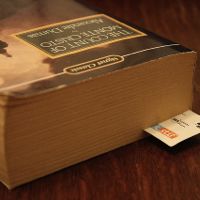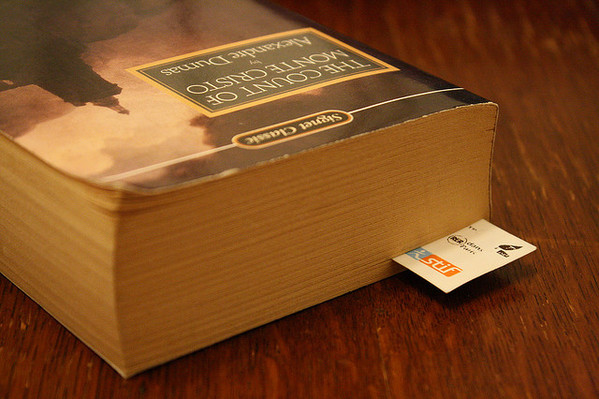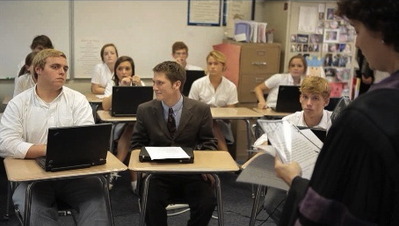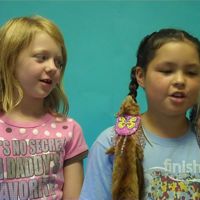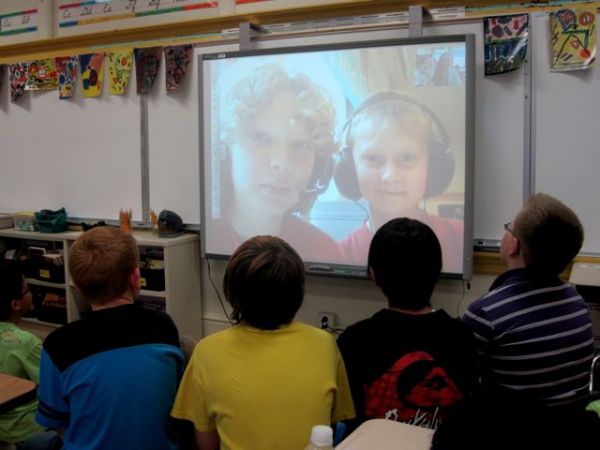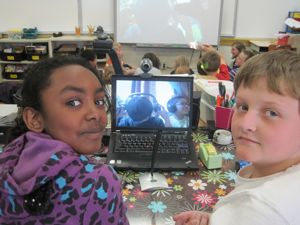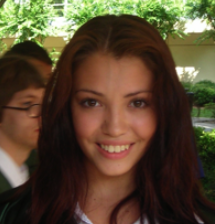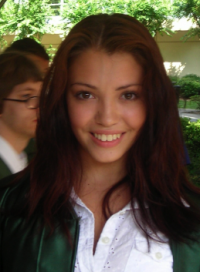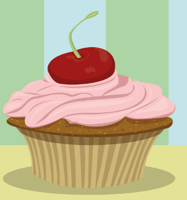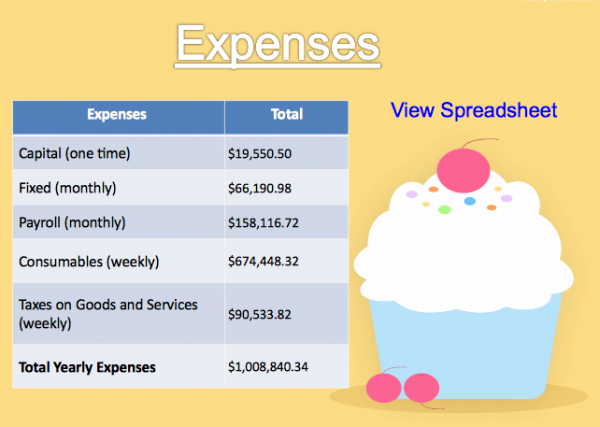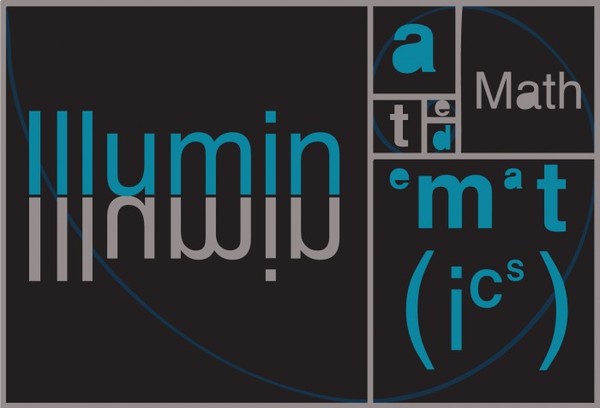
Illuminated Mathematics Logo
I recently blogged from the 2011 US Innovative Education Forum (IEF) sponsored by Microsoft Partners in Learning. This is part of a series of IEF guest posts. For more, click my IEF tag. ~ Peter
More than 700 teachers, school leaders, education leaders, and government officials from more than 70 countries attended this year’s 2011 Partners in Learning Global Forum – an action-packed week of education workshops, inspiring networking events, awards, and announcements by Microsoft. Eighteen recipients of the Global Forum Educator Awards were announced at the event. This year’s winners were selected from more than 115 projects, narrowed from more than 200,000 applicants.
The winners in ”Knowledge Building and Critical Thinking” were High Tech High’s Margaret Noble and David Stahnke. “Illuminated Mathematics” is a curated multimedia exhibition produced by the 12th grade class of 2011. Students in Margaret Noble’s digital art class and David Stahnke’s math class were asked to find the beauty, humanity and intrigue behind math in history, philosophy and the applied arts. The goal was to promote math awareness through art, media and design. The event was hosted at the Sushi Performance and Visual Art Center on December 16th, 2010. Projects developed into an array of math abstractions and celebrations in the mediums of sound, video, animation, photography and interactive installation.
Illuminated Mathematics: Website | Project intro | Research Topics | Final Rubrics
~ A guest post written by Dave Stahnke ~ High Tech High Media Arts ~
“Everyone, open your books to chapter 7 section 2 as we will be learning how to factor degree 3 polynomials.”
I can imagine this statement being said, in some fashion, within the vast majority of high school math classrooms across our seemingly broken educational system. Almost all of us have at some point taught something that was completely irrelevant to the lives of our students. And we knew it!
Nobody has ever come up to me on the street and asked for help with factoring, or called me late at night, unable to sleep, because they were curious as to why the square root of two is an irrational number.
The fact is that nobody has ever come up to me on the street and asked for help with factoring, or called me late at night, unable to sleep, because they were curious as to why the square root of two is an irrational number. It is unfortunate that this doesn’t happen, but I would be kidding myself if I thought these were genuine student concerns within the realm of what we call “life.” I think it is time for us as teachers to be honest about what we teach, and to question why every student needs to know the entire breadth of standards associated with a particular subject.
Deep vs. Wide
There was a study published recently in Science Education (2009) that made a comparison between teachers who “sprinted” to cover all of the standards with teachers who slowed down and went deeper into the material. The students who “sprinted” ended up scoring higher on the standardized test due to covering more material. But the students who learned through the slower, in-depth approach earned higher grades in their college classes.
Like any great symphony, mathematics represents a pinnacle of human creativity. We teach math to enrich the lives of our students in a way akin to reading poetry or composing music
Is our goal to have students performing better on standardized tests or to be prepared for what they are going to encounter in college and life? The ideal would be that they would be prepared for both. So the questions become, what do we want to leave the students with? How are we going to prepare them for the real world? What do we want them to learn about themselves? And how do we do it? To clear the air, I don’t believe that students are taking my calculus class because they need help doubling a recipe or balancing their checkbook. I believe it is because we want to expose students to the poetry of numbers, to have a new outlook on how to solve problems, to be able to think outside of the box, and to see how the unbreakable human spirit has conquered problems that once mystified the greatest of thinkers. Like any great symphony, mathematics represents a pinnacle of human creativity. We teach math to enrich the lives of our students in a way akin to reading poetry or composing music.
Bringing Math to Life
This year I wanted to do something big that would change the perception of mathematics for my students and the surrounding community… It was time for math to become art and art to become math.
This year I wanted to do something big that would change the perception of mathematics for my students and the surrounding community. My goal was to create a math exhibition that would allow students to showcase their depth of understanding in a creative way. I wanted nothing to do with the poster-board type of science fair displays. I wanted math to come alive through the work of my students. It was time for math to become art and art to become math.
In order to pull this off it was clear that I was going to need help. After all, having the students for only an hour a day seemed to be great limitation to this type of creativity. I enlisted the help of Margret Noble, a sound artist, multi-media teacher, colleague, and friend. I also got help from as many math/physics friends as I could. I contacted about thirty people. Fifteen were willing to act as mentors, spending time meeting with one or more groups of students and/or corresponding through e-mail. All of the mentors were physics Ph.D. students, or had their PhD and were working in labs or as engineers. The students found the mentors to be a great resource. As one student said, “I got a lot of positive feedback from adults. They helped me understand a very complicated topic in a very simple way.”
Student Voice and Choice
Margaret and I envisioned mixing multimedia with mathematics by having students create video, sound, photography, and mixed media installations that explored math-related topics. We started the project by creating a list of 50 topics for the students to pick from, though they were not restricted to the list. Once the students had selected a topic we had them brainstorm possible creative ways of expressing it (i.e. their product). Each student also completed a research paper on their topic and gave a power point pre-production oral presentation to explain their topic to the rest of the class.
Along the way, students participated in four in-class critiques of their products, with opportunities to revise after each one. For each critique, students displayed their work on the large screen and the rest of the class would give kind, specific, and helpful feedback. These peer critiques were key to ensuring that students produced beautiful products. As they pushed each other’s creativity and offered new ideas, students’ projects evolved into a variety of forms:
A video with animated fractals, another on chaos theory, an artistic representation of tessellations, a flash video on relativity, music produced using Pythagorean scales, photography that displayed entropy, Pi and mental illness in mathematics, a beautiful silent film which used cryptography to crack a love letter, photography and video of the golden ratio, a video/sound installation on algorithmic compositions using Markov chains, a Leonardo da Vinci model airplane explaining the physics of flight, a comical rap on the life of Pythagoras, and many more.
A student who has struggled with math in the past noted that these peer critiques were instrumental in helping students reach their goals:
During the first two critiques I was a little scared because I didn’t think that our project was good enough and had thoughts in my head saying it could be better. But after the second critique I caught fire. I had many more ideas for our project and I was motivated to make it better. On our last critique a lot of good things were said about our project and it felt good knowing that we were that much closer to having a completed senior project.
Student choice also played a critical role. Contrary to what one might assume, having students choose their own topics to explore created some of the most rigorous and authentic student work I have ever seen. Not only did the students have choice in what they were learning, they also chose how they wanted to display it. Furthermore, as the project work progressed, I realized that once the students’ buy in was there, the usual achievement gap between students almost entirely disappeared. This same student found that this project gave him something to be proud of:
I honestly am proud of my project, because our animation came a long way from what we had in the beginning. A lot of hours were put in, learning Adobe After Effects, perfecting the animation, making the concept of infinite monkey theorem as simple as possible, and staying during lunch and after school so we could finish up and meet the deadlines.
Exhibition
Students exhibited their final work on a Thursday evening at Sushi Contemporary Performance and Visual Arts, a gallery and performance space in downtown San Diego. The venue had professional lighting and ample wall space for multiple projections. It took us two days to set up the exhibition, hanging photos, placing installations, and installing projectors throughout the space. When the lights were turned down and the student work was illuminated it seemed almost magical. Prior to the exhibition, we had reached out to CNBC (video), Voice of San Diego, and City Beat Magazine to help promote the show. The most common phrase I heard that evening from the parents, media, and other visitors was “I can’t believe that high school students did this!”
As an educator, this experience proved to me that mathematics can not only be enjoyable for students, it can be downright memorable. This was possible through giving student choice and by letting them explore math through their own creative personalities. In the words of my teaching partner, Margaret Noble, “This project worked because math moved from the abstract realm into the tangible. Numbers and concepts became people, culture, history and philosophy that students could illuminate to the public.”
Or, as one student said, “It definitely widened my view of math. At first I thought math was only useful to scientists and mathematicians, but this project showed me that math is everywhere.” What more could a math teacher want?
Reference
Schwartz, M., Sadler, P., Sonnert, G. & Tai, R. (September, 2009). Depth versus breadth: How content coverage in high school science courses relates to later success in college science coursework. Science Education, 93, 5, 798-826.
Image credits: Margaret Noble and David Stahnke
